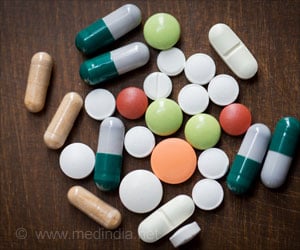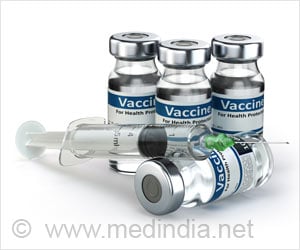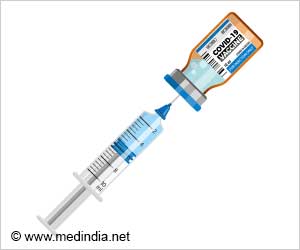A new technique, which can help doctors and researchers with better biological imaging and drug delivery, makes use of a tiny particle that is built using silk and diamonds.
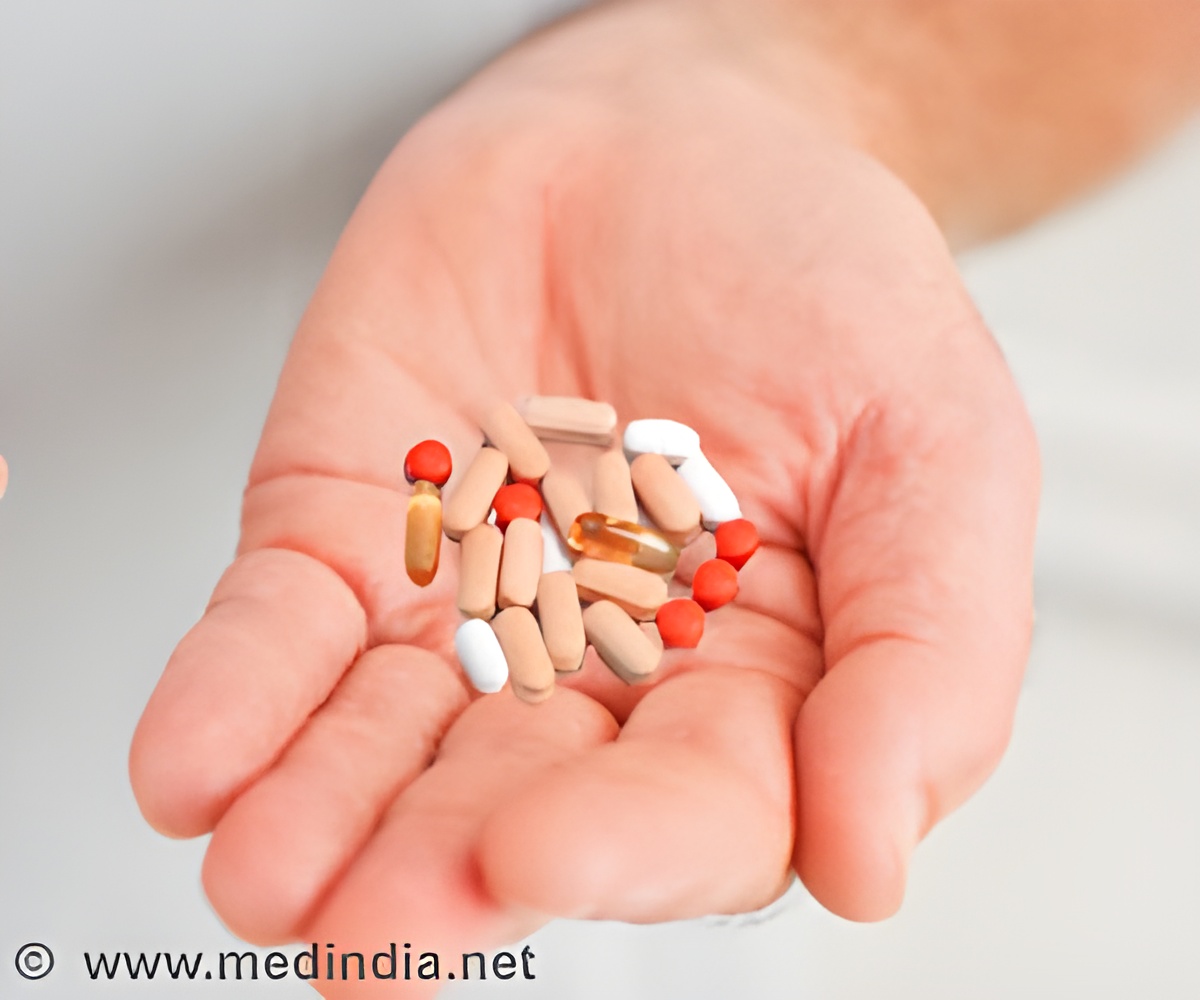
A team of researchers from Australia and the United States describes this new hybrid diamond-silk material in a paper published today in The Optical Society's (OSA) journal Biomedical Optics Express.
Nanodiamonds similar to those in this study have been explored previously for their potential medical uses, but this is the first time silk has been incorporated with nanodiamonds, said Asma Khalid of the University of Melbourne, who is the first author of the Biomedical Optics Express paper. "This nanodiamond-silk hybrid material is important due to the potential it offers to the fields of bioimaging, biosensing and drug delivery," she explained.
Diamonds are crystals of carbon. But they can be made with defects—other atoms inserted in the crystal structure—and these defects allow them to do tricks that flawless diamonds can't, such as absorbing and reemitting light of certain wavelengths, a process called fluorescence. Because these fluorescent nanodiamonds are bright, stable, and harmless to living tissue – and can work at room temperature – researchers have been exploring their use in biological imaging and sensing. But the edges around the particles tend to be rough and may cause the nanodiamonds to become trapped inside cell membranes.
Source-Eurekalert
 MEDINDIA
MEDINDIA

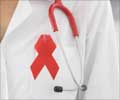


 Email
Email



